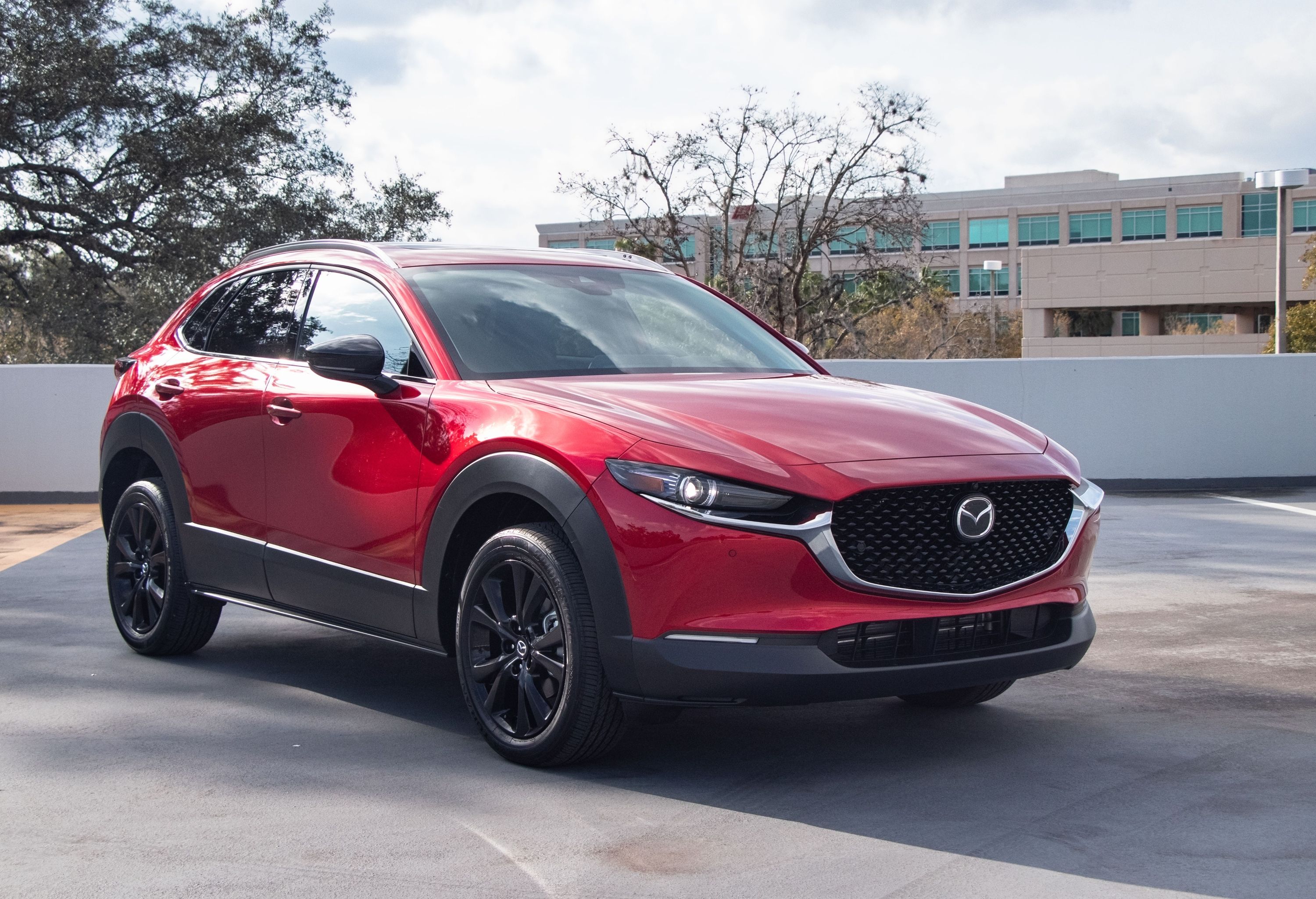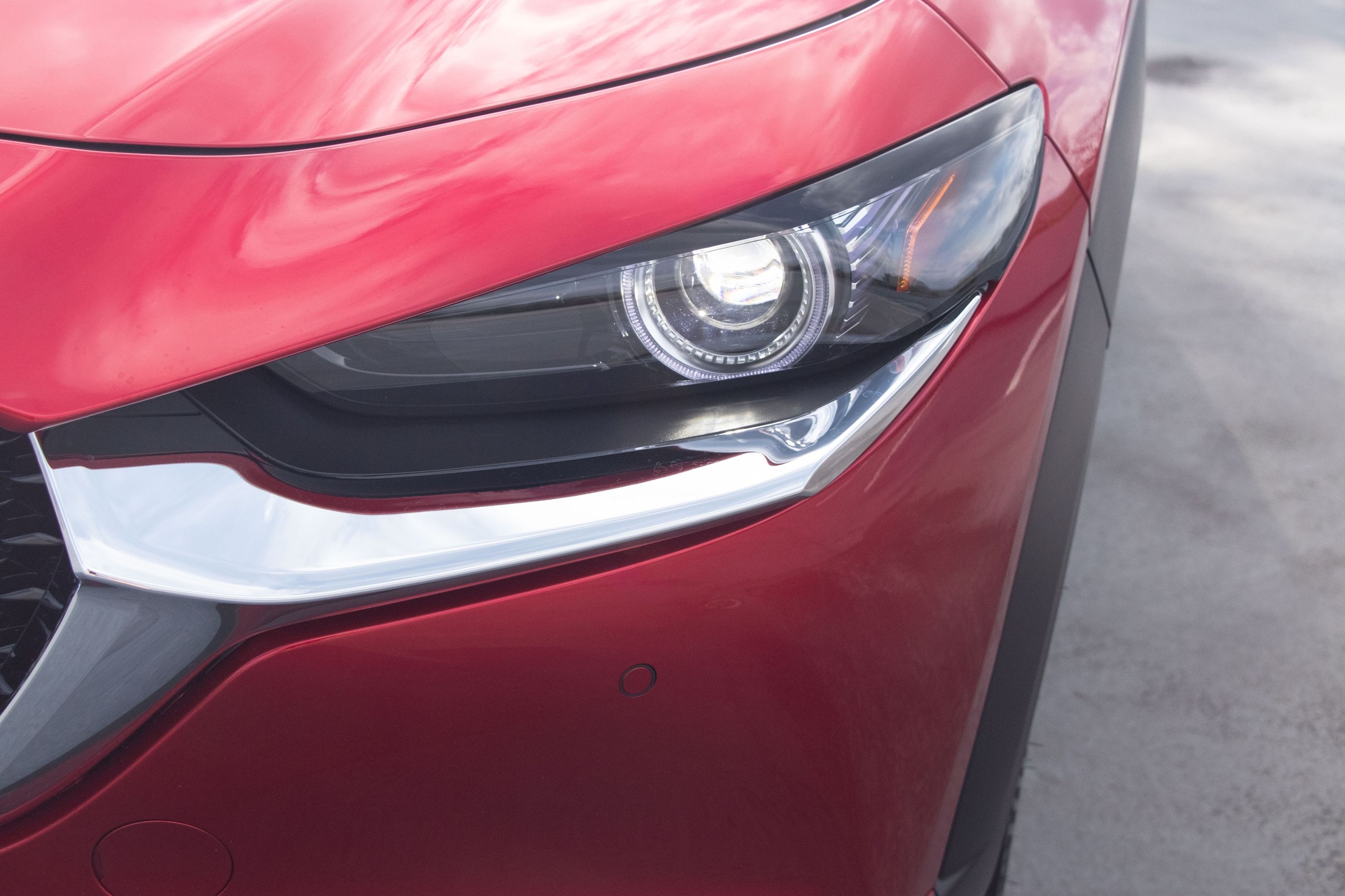
Mazda's LED turn signals are unlike any other OEM's because, instead of flickering on and off, Mazda's emulate a human heartbeat. Officially titled 'Dimming Turn Signals' (DTS), Mazda's new way of fulfilling a basic automotive function has a clear goal in mind - to humanize the automotive experience. Mazda's in-house magazine, Mazda Stories, spoke to the man behind the innovation to find out why. Atsushi Yoshida has the official title of Designer and Lamp Development Leader at Mazda and explains why the Japanese automaker couldn't just use typical LED turn signals.
"I wanted to infuse a sense of life into the turn signal lamp-a feeling that would manifest the concept of Car as Art," says Yoshida-san, highlighting that LEDs are typically cold and clinical in their sharp on-off switch. He even likens the design philosophy behind this innovation to Jinba Ittai - the famous philosophy of 'horse and rider as one' used in developing the Mazda MX-5 Miata.
"I wanted to embody Jinba Ittai-the intuitive connection between car and driver-so that even the act of making one turn of the wheel is a human-centric experience," he says. He also explains how by reinventing the turn signal, Mazda wanted to induce feelings of calm and safety for pedestrians seeing cars approaching with their turn signals on. According to Yoshida-san, he "focused on how a driver's intention emanates from their heart, extending to their heartbeat and pulse." Then, he and the design team used an electrocardiogram to analyze the human heartbeat. "I watched heartbeat waveforms undulate, linger and diminish, resulting in a turn signal that expresses the warmth lacking in LED lamps."
The team faced some problems during development, though. The concept was originally scheduled for installation on the Mazda 3, but Mazda struggled with inconsistent dimming. Mazda had to work with its supplier to adjust the timing in increments of 0.01 seconds before finding the perfect timing. It was only then that DTS could be installed on the CX-30.
DTS technology might seem simple, and even gimmicky, but it's an attempt from Mazda to show that even its humdrum commuters have a personal touch to them. "Breathing life into cars" is what Yoshida-san calls it. He says that this "breath of life" can be experienced every time you "[touch] the various elements of a well-designed car - its shape, surface quality and light."
Speaking of the future of Mazda's design, Yoshida claims he "[wants] to help increase Mazda's design value through lighting. Although competition is intensifying with electric cars and autonomous driving, I want to see outstanding car design continue without compromise."

